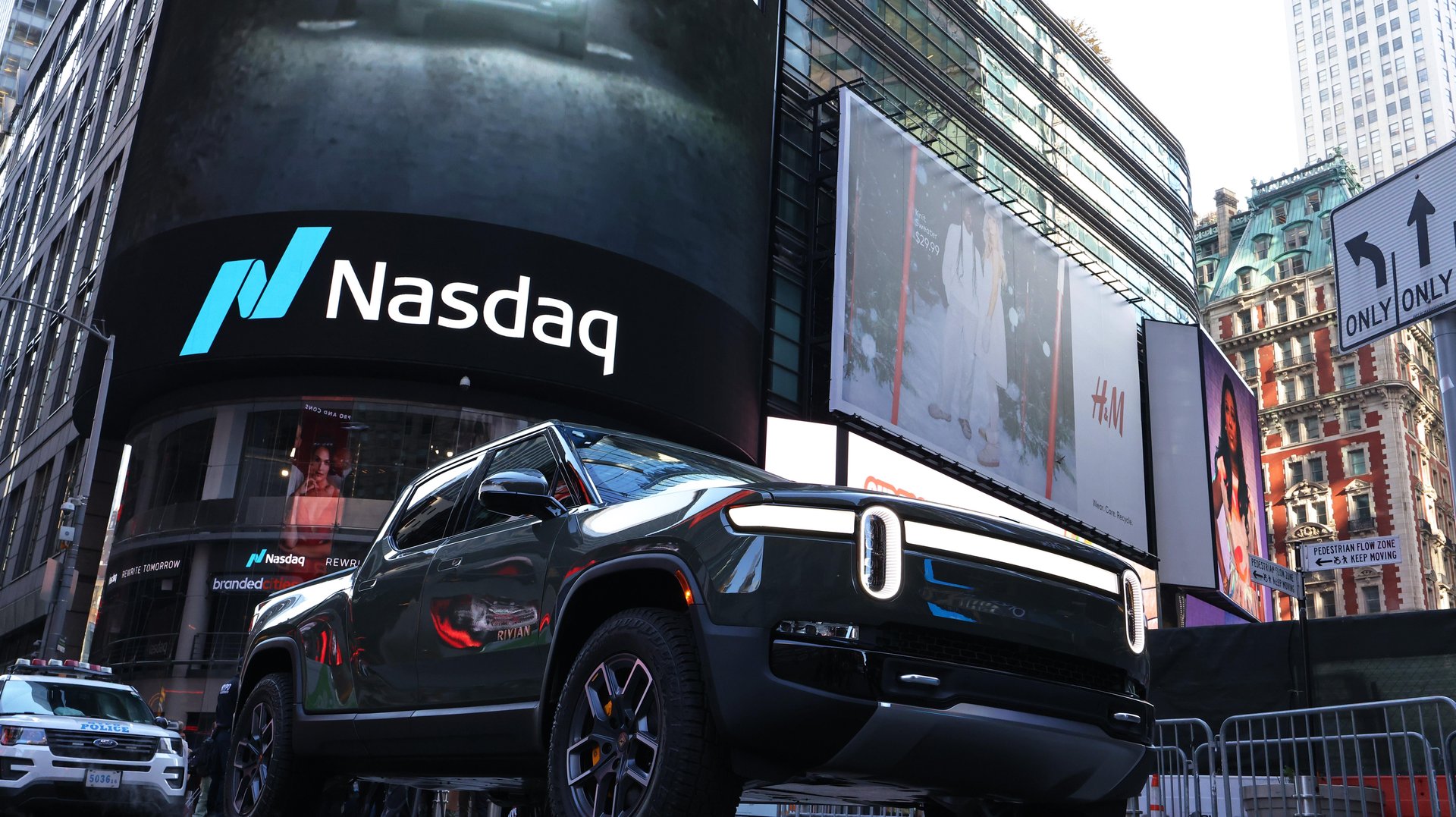When it comes to IPOs, 2022 was nothing like 2021
Experts suspect the IPO market won't recover until the second half of 2023, if then

2022 was not a good year for public listings.
Suggested Reading
Initial public offerings (IPOs) on the New York Stock Exchange (NYSE) fell off a cliff this year. The number of IPOs dropped 93% from last year, NYSE president Lynn Martin said at the Reuters NEXT conference on Wednesday (Nov. 30).
Related Content
By Nov. 15, just 173 companies made their debut in the US stock market, down more than 82% from the 973 IPOs by the same time last year. The subpar performance wasn’t just a North American problem either. Globally, IPO activity between September and November 2022 plunged 45% compared to a year ago.
Activity likely won’t pick up much in the first half of 2023, as fears of an economic slowdown persist. There are currently around 200 companies in the pipeline to be listed on the Nasdaq, below the average range of 250-300 seen in the last few years, Adena Friedman, CEO of the tech stock-heavy Nasdaq, said at the Reuters NEXT conference.
Some analysts think that activity may recover by the the second half of next year. But Murthy Grandhi, a company profiles analyst at GlobalData, wrote in a note: “It’s unlikely that the IPO market will recover in 2023.”
Charted: 2021 was a record year for IPOs
A closer look at 2021 IPOs, by the digits
1,033: The number of IPOs in the US in 2021, a record. Companies like electric carmaker Rivian and female-centric dating app Bumble were among the largest startup IPOs of the year.
$286 billion: Funds raised in IPOs in 2021, a record
59%: Share of 2021 US IPOs that were special purpose acquisition companies (SPACs)—publicly traded companies created for the purpose of acquiring or merging with an existing firms.
-8%: Average IPO returns in 2021. Listings tended to show strong first-day gains at 31%, but dropped an average of 22% in aftermarket trading, owing to inflation and covid-19 variants.
9: The number of new deals in December 2021, a 66% drop from the same period a year ago, signalling the onset of winter in the IPO market
What hurt IPO sentiments in 2022?
Several factors have made the market more volatile and stunted performance over the last year, including rising inflation and interest rates, flaring geopolitical tensions with Russia and China, covid-19 management and mismanagement.
The fact that IPOs from 2021 are today largely in the red also dampened investor confidence.
“With uncertainties being the IPO market’s biggest challenge, companies and investors continue to wait for a more stable and positive stock market sentiment before any sustained appetite for IPO activity re-emerges,” Paul Go, global IPO leader at the consulting firm EY, wrote in a note. Several firms put their IPO plans “on ice in early 2022, in anticipation of more favorable market conditions,” Go wrote.
The waning SPAC efffect
A huge share of 2021 US IPOs were SPACs; annually, SPAC listings jumped 150% last year. But even by the second half of 2021, SPAC activity was declining as the Securities and Exchange Commission (SEC) stepped up scrutiny.
The effects of the heightened regulatory scrutiny on SPACs lingered into 2022. In the first nine months of the year, de-SPAC transactions—a company merger between a SPAC, the buyer, and a target private business—were down 88.6% versus 2021. Consequently, IPOs by these blank-check companies declined, too.
In the three quarters ended Sept. 30, 2022, 76 SPAC IPOs on US exchanges made $12.41 billion, down from the 450 listings that raised $124.07 billion over the same period in 2021.